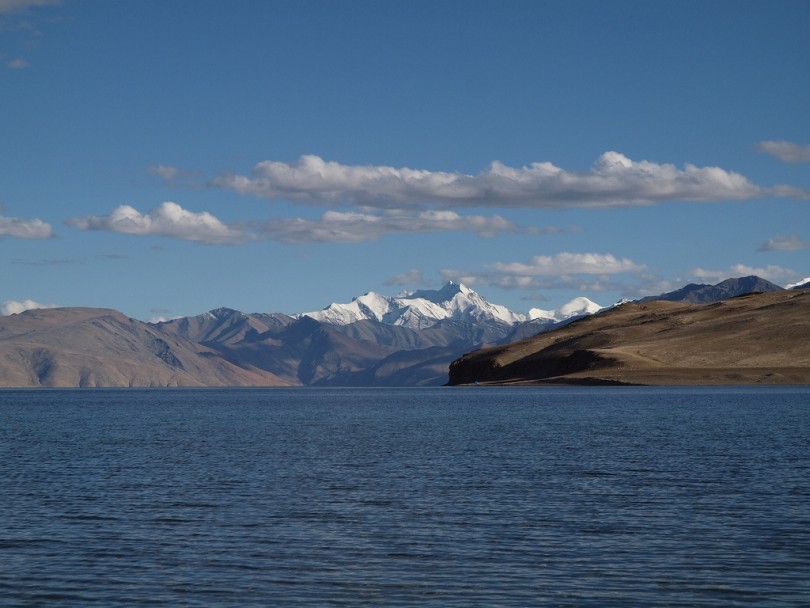The world’s largest democracy is a cocktail of myriad cultures, cuisines, landscapes and ethnicities, making it a dream for avid travellers. With its ability to astound and confound ardent wanderers and thrill seekers, India has something to offer to everyone. The country can intimidate first-timers who set their feet within its borders, what with its weather, poverty, and unending bureaucracy. However, there’s no denying that its spectacular diversity and rich heritage leave many coming back for more.
Travelling in India can be a challenge for those who cross over from the cool environs of an airplane to the largely hot and muggy weather in most parts of the country. The task can be made easier if you have a few tricks up your sleeve and get your basics right. On that note, here’s a mini guide for both foreign and local travellers:
Take note
1. The basics
– Keep all important documents such as your passport, visa, photographs, and other papers with you instead of stashing them in your luggage. This will minimize your problems in case your baggage is misplaced or stolen.
– Get travel brochures from the ITDC (Indian Tourism Development Corporation) office in the state you are visiting and keep them handy. You can obtain the local ITDC number from a phone book.
– If you are susceptible to falling sick often, it is recommended that you equip yourself with basic first aid supplies, preventive medications, and bottled water when you touch base in India. Having basic supplies on your person can save you the trouble of looking for a medical store or doctor if the need arises.
– Prepare yourself for crowds: Most Indian buses and trains are devoid of personal space, and it is common for people to sit three or more to a seat and stand in the aisles during peak hours. Be mentally prepared to get pushed around on occasion; don’t get disconcerted if this ever happens. City rides in India are experiences worth having at least once in your life.
– Don’t be afraid to eat out: This is a constant fear among many travellers, especially those who are visiting from abroad. Although you’d be better off avoiding tap water in India, you’d also be missing out on the gastronomic fare that can be found on local streets. It’s just about making the right choices and putting sanitation atop your priority list. Opt for fresh fruit and treats of the fried, boiled, and well-cooked variety. Once you get accustomed to such foods, you can prepare yourself for the range of cuisines that can delight your palate.
Think of eating out in India as prep for your immune and digestive systems.
2. Getting around
– If you will be using public modes of transport such as taxis or auto rickshaws, make sure the meter is set at the lowest rate before the ride commences. Rickshaws and taxis in metropolitan cities like Mumbai have digital or e-meters that allow you to simply pay the figure shown, but other places require you to have a tariff card handy. You can also opt to negotiate prices with drivers beforehand to avoid being cheated.
– Minimalism is key: It is advisable to carry minimum luggage so that you aren’t inconvenienced while travelling and don’t come across as helpless. A small bag with your essentials is less likely to have you accosted by porters and others who may have bad intentions. Furthermore, travelling by bus and train won’t be problematic if you aren’t inundated with too many heavy bags.
– Ask for help from the right sources: Conductors, tour guides, traffic cops, policemen, and yes – even waiters and shopkeepers can be helpful if you ever need directions.
– Make advance bookings and be punctual: If train travel is on your itinerary, book your seat/s at least a week in advance so that you can travel comfortably in better cars. Indian Railways is also well-known for its punctuality (at least for their premium trains), so get to your station early. In this way, you won’t miss any arrival or departure even if you have a problem finding the correct platform or compartment.
Advance bookings for other modes of transport such as low-cost airlines also give you the benefit of paying less for a ticket. That said, some carriers have higher fares for non-residents and charge in U.S. dollars, while charging in Rupees for Indians. It’s advisable to patronize airlines that don’t have such a policy in place.
Additionally, a few online booking sites don’t accept non-Indian credit cards. Ensure that you read the fine print before booking a ticket, or better yet, book through a brick and mortar travel agency or directly via the airline itself.
– Carry toilet paper: A majority of public washrooms in India don’t have toilet paper since mugs are the go-tos for personal hygiene. If you can’t do without bathroom rolls, buy one and carry it with you at all times.
– Deal with touts the right way: Touts are ever-present in hundreds of countries, and India is no exception. However, it’s also easy to get taken over by a siege mentality due to a few touts. The key is to ignore those are ‘aggressively proactive’ so to speak- especially those who claim your hotel has been shut down or seem more inclined to misguide you. At such times, it is useful to have a local friend or a qualified guide who can show you around.
Helpful hints
– As far as possible, stay in a residential neighbourhood which has its share of mid-range hotels and guest accommodations. This will allow you to get a real feel of the place you are visiting and enjoy social interactions with a more personal touch.
– It is advisable to dress in comfortable, inexpensive clothing if you are travelling around the country. Major cities like Mumbai, Delhi, Bangalore, and Kolkata are cosmopolitan, but smaller towns, cities and villages tend to be more conservative.
– Look up comprehensive online resources like IndiaMike, SoloTravelerBlog, Journeywoman, and Wanderlust and Lipstick. The information you will come across on such sites can rival that in the Lonely Planet Guide for travellers.
– Connect with like-minded travellers by booking tours and going for meet-ups whenever possible. It always helps to forge new friendships and have someone you get along while you are backpacking in India.
Visual Courtesy: http://www.flickr.com/photos/mo-pop/







